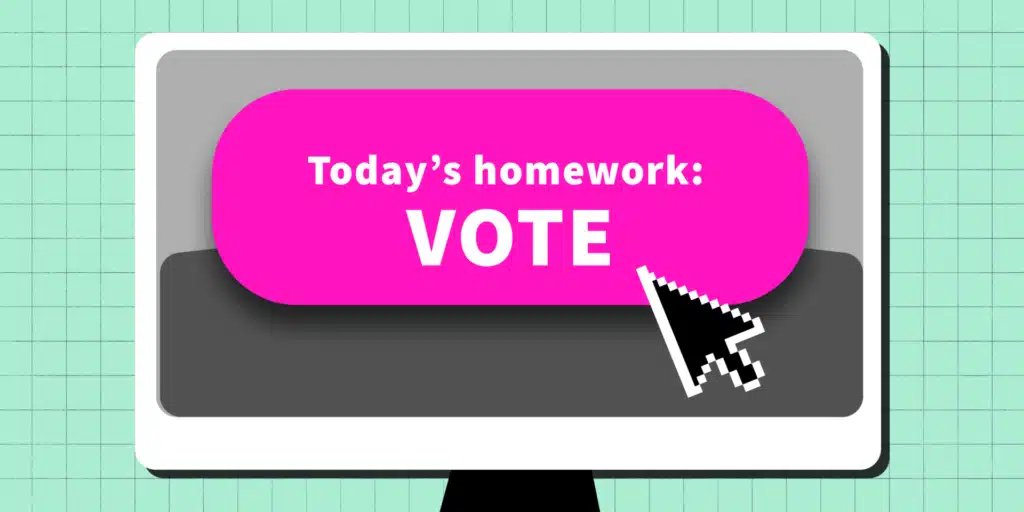The first week of class is your best opportunity to get the term started off on the right foot—and to present your vision of the class to your students. It’s the perfect time to review your syllabus, discuss course policies and get to know your students—and give them a chance to get to know you. Keep reading for tips, tricks and strategies to ensure everything runs smoothly.
→ Access now for free: Back to Campus Toolkit
- Don’t be late for class: Be on time (or early) for your class in order to welcome students. Consider playing quiet music, running an open-ended conversation topic in an online discussion thread or opening a virtual whiteboard to let students get comfortable before the class formally starts for the day. This should extend beyond the first week of classes as well. You can use this extra time to get to know your students and answer their questions.
- Don’t forget to share about yourself: Consider sharing information about your role, main area of research and your own academic background—what drives and motivates you in your own scholarly career? If you’re comfortable, you can also share a few fun facts about yourself, or photos of your family, pets or hobbies, to forge a slightly more personal connection with students.
- Don’t dive right into course material: Be sure to plan for ample time in your first class to answer student questions, address concerns, and discuss course policies.
Tip: Joel Stake, lecturer of biological sciences at Louisiana Tech University, starts each new term with an introductory video on his course LMS page to provide a brief overview of guidelines and rules. Then, Stake follows up with weekly short videos highlighting what’s on deck for the week, and sharing personal updates.
- Don’t just stick to the academics: Bringing outside events and experiences into your course helps build a sense of community in your classroom. Encourage students to share resources that they’re using to study, the music they’re listening to and television shows they’re watching—it’ll allow them to make connections with one another. This is particularly important in asynchronous or blended learning environments where students may have a harder time establishing bonds with their peers. These three student engagement strategies can help extend learning outside the classroom.
- Make your course relevant: Students want courses to be relevant and meaningful. Be sure to include real-world examples. Where the course is relevant to a specific occupation, ensure it touches on trends and insights in the field.
- Cooperative learning: To help students meet learning goals, have them work with partners or in small groups. Group work can include assignments, quizzes, discussions and lab experiments, or simply having students reflect on their learnings with peers.
- Authentic learning experiences: Encourage students to tackle real-world problems and brainstorm solutions through inquiry and research.
- Don’t ignore course rules and policies: It’s important to make clear to students the course policies around attendance, assignment deadlines, email etiquette, and getting extra help, right from the beginning. You can consider sending a note to students to let them know in advance that you’ll be opening up a discussion thread in your online course platform, where students can have logistical questions about your course answered by their peers, as well as TAs.
- Do start with an icebreaker activity: Icebreakers are a great way to build community and connection in your classroom. And that’s just one reason to employ them on a regular basis throughout the term. Activities like Collaborative Résumé, the name game, two truths and a lie, act and react and beach ball are all great ways to get your students chatting and interacting with each other.
- Do review your syllabus: Your syllabus should be the foundation of your course, and it’s crucial that students understand what it contains, where to find it and what to do if they have questions about it. Consider distributing it a few days before class starts, through email or your online course platform, so that students can come prepared with questions for their first day.
- Do go with the flow: If your first day of class doesn’t go exactly as planned, don’t fret. Giving students the opportunity to have a say in whether they want to spend extra time asking questions, reviewing course activities or participating in icebreaker activities gives them a sense of control over their own learning experiences. If you want to make sure you’re prepared for whatever the first day of class throws at you, check out this article on preparing for your first lecture.


